Switch Board Wiring:
This diagram shows how to make switchboard wiring. In this diagram, we explain how to make a switch board wiring very easily. First, we need to connect the phase line to all switches and sockets, lights, and fan regulators. Then input the neutral line to the socket and ceiling fan and light. Input phase line to light and fan from the switch and regulator. Now this circuit is ready for use. If you want to know more about this circuit please check our youtube video below the post.
Advertisements
Components needed For this Project:
You can get the components from any of the sites below:
- 2 Pin Socket [See Buy Click Amazon]
- SPST Switch [See Buy Click Amazon]
- Fan Regulator [See Buy Click Amazon]
- Ceiling Fan 56-Inch [See Buy Click Amazon]
- CFL Light [See Buy Click Amazon]
make a commission if you buy the components through these links. I would appreciate your support in this way!
Advertisements
Components used to make the Switch Board wiring:
A Power Socket is a Device to Which Electrical Devices Can Be Connected to Receive the Electric Current Required For Their Operation. Connected by a System of Cables to a Power Source, Usually, an Electricity Generation Facility operated by an energy Production company, generally has no moving parts. Instead, it contains metal strips that make contact with the prongs of an Electric plug inserted into the socket. It is Through these Contacts That the Electric current is Transmitted. Electrical Devices that connect to a Power Source Through a Power Socket are Considered to be Portable Because they can easily be Connected and Disconnected From the Power Source.
02. Switch:
An SPST (Single Pole Single Throw) Switch is a Switch That only Has a Single Input and can Connect Only to one Output. This means it Only Has one Input Terminal and Only 1 Output Terminal. A Switch is a Mechanical or Controlling Device That Changes the Flow of Current Direction or Interrupts the Flow of Current Within a Circuit diagram. An electrical line using Single Pole Single Throws (SPST) is Perfect for on-off switching. When the SPST is closed, the Circuit is Closed and the light from the lamp switches on the system. When The Single Pole Single Throw (SPST) is then opened, the light from the lamp goes out and the Circuit is off.
A Fan Speed Controller Controls The Voltage Across the Fan and Therefore Indirectly Controls its speed 220v AC line. A ceiling Fan Speed Regulator Actually Measures and Regulates the Speed of the Fan Using its Tachometer. Fan Speed is Controlled with Thyristor or Transformer Speed Controllers for Ceiling fans, and table fans. the fan is Controlled by a Capacitor, and the Voltage across the fan Determines the fan speed. A Speed Control loop Can be Implemented That is Independent of Manufacturing Variances and Wear on The Fan control system.
04. Ceiling Fan :
A Ceiling Fan is a fan Mounted on the Ceiling of a Room or space, Usually, Electrically Powered, That Uses hub-mounted Rotating Blades to Circulate air flow. They cool people effectively by increasing speed. It Doesn not Cool the Air Temperature — we Feel Cooler Because the Fan Moves the Air Around Us, a Process Called Evaporative Cooling. Evaporative Cooling Works like this: A cold day will feel Even Cooler if There is a Breeze Because of the wind Chill Factor.
CFL stands for Compact Fluorescent Lamp which is an improved version of tube lights of earlier days. Like tube lights, it is a vacuum glass tube with fluorescent powder coating which is not as long and straight as tube lights but curved/twisted compact, or small in size. Like a tube light, it has electrodes or filaments at both ends. But in this case, instead of a choke, there is an electronic circuit that drives the Compact Fluorescent Lamp. Because the red wave is less in the light of the Tubelight and Compact Fluorescent Lamp, the object looks a little pale or the correct color of the object does not appear.
Thank You for visiting the website. Keep visiting for more Updates.
Frequently asked questions
A standard and single-gang box has 18 cubic inches of space. That equates to enough room to hold 9 wires that are 14 gauge, 12 gauge, or 10 gauge.
For example, the smallest 2-by-4-by-1-1/2-inch-deep box can comfortably splice only 2 cables (4 or five conducting wires), while the largest 4-by-4-by-2-1/8-inch-deep boxes can handle as many as four to 6 cables (up to 18 individual conducting wires).
Designed for use as instrument enclosures, electric, hydraulic, or pneumatic control housings, electrical junction boxes, or terminal wiring enclosures. Provides protection where equipment may be hosed down or otherwise be very wet, and the power supply in outdoor applications for full weather protection.
UL 508A listed, Type 3 and Type 12. Conforms to NEMA and standard for Type 3 and Type 12. Protects against windblown dust, rain, sleet, external ice formation, and dripping non-corrosive liquids.
A junction box is an electrical enclosure that houses 1 or more wiring connections. The box protects the connections, which usually contain vulnerable points such as wire splices,as from environmental conditions and accidental contact.
Read more Single Phase Wiring
What is a kilowatt-hour (kWh) | kwh formula | What does kwh mean
Introduction to Electrical Units and CircuitskW and kWh on your electricity bill As your home uses electricity during...
What is the Difference Between kVA | What does KVA mean | kVA formula
Difference Between KVA ExplainedWhat does KVA Mean? There are technical terms aplenty when it comes to generators, and...
Power Factor | Power Unit | Energy | Electricity Unit
Power factor definition | Calculating Power FactorPower Factor Values In a purely resistive circuit, the power factor...
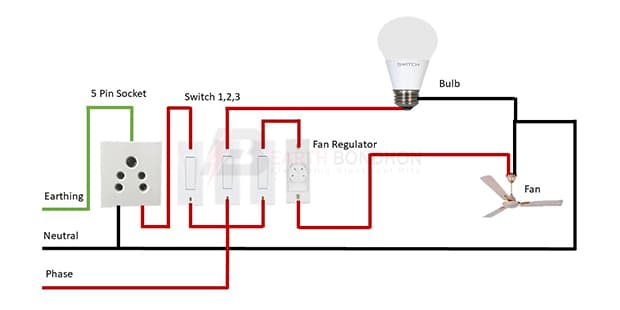
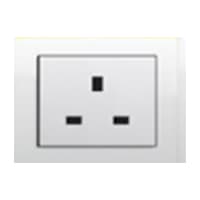
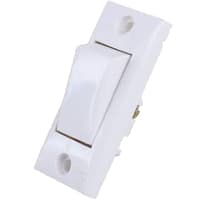
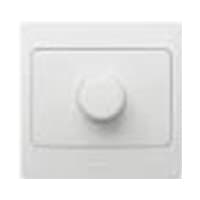
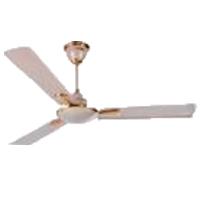
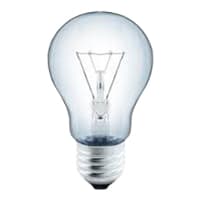
0 Comments